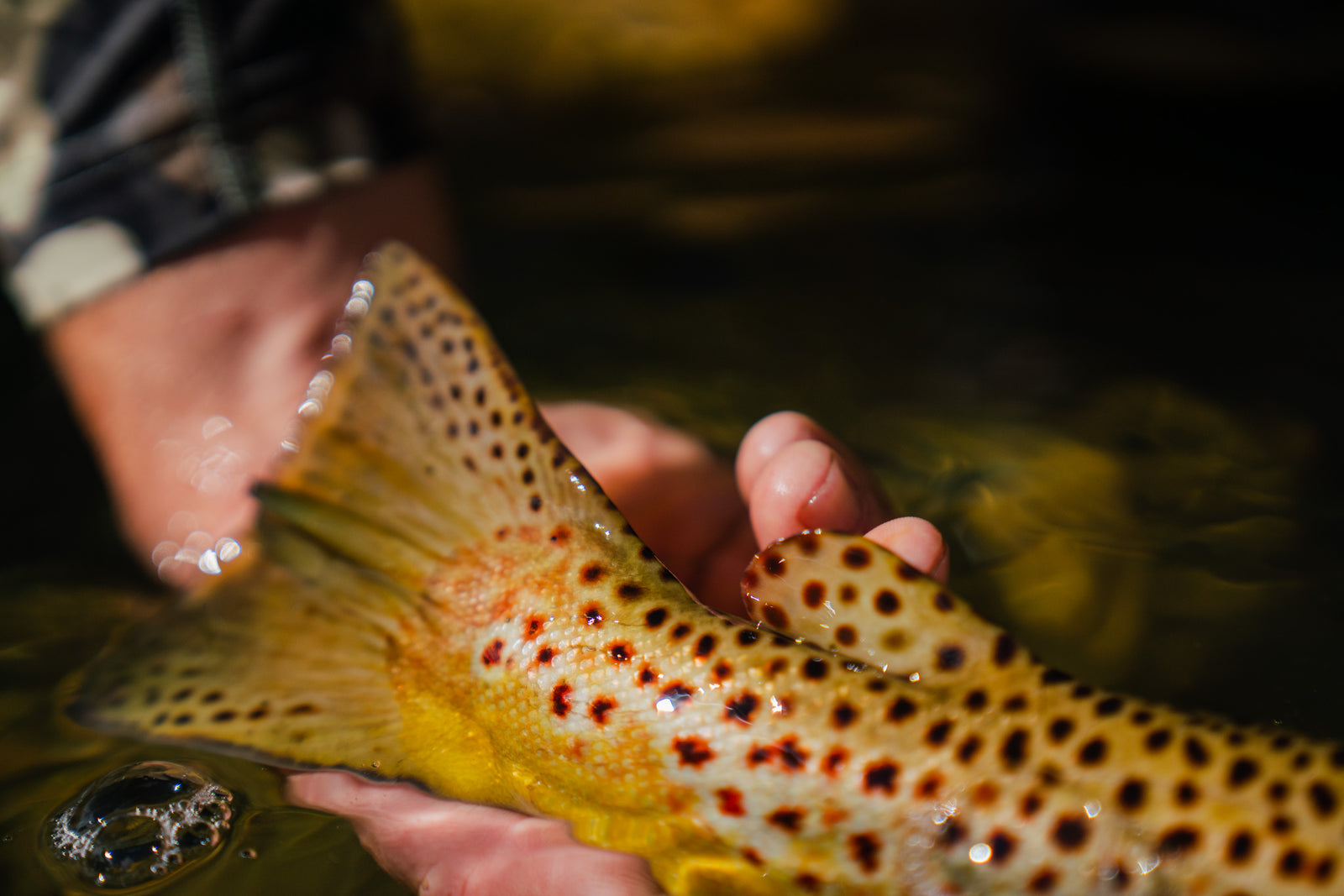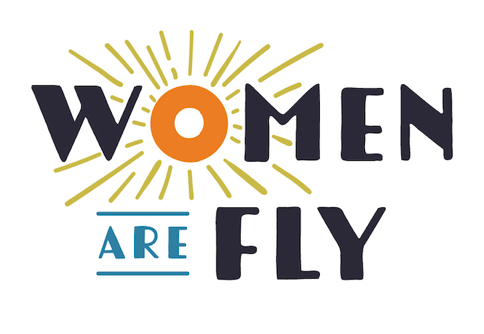Hopper season is in full swing ... Call today to book your Montana Adventure!
Hopper season is in full swing ... Call today to book your Montana Adventure!
Hopper season is in full swing ... Call today to book your Montana Adventure!
Hopper season is in full swing ... Call today to book your Montana Adventure!

March 15, 2023 2 min read
As anglers, we all love catching fish. Fooling a beautifully wild creature into eating your fly is undoubtedly a thrilling experience, but it's essential to consider the handling of fish once you do land them. One of the best ways to enjoy the sport while still showing respect for the fish and the environment is by practicing catch-and-release.
Fishing ethics is essentially a set of principles that guide the behavior of anglers while on the water. It includes respecting the fish and fellow anglers, practicing proper catch-and-release techniques, and following regulations and laws. Catch-and-release fishing is considered the most ethical approach that allows anglers to enjoy the sport while minimizing harm to fish populations. By releasing the fish back into the water unharmed, anglers ensure that the fish can continue to thrive and reproduce, contributing to a healthy river and ecosystem. Is it cool to keep a few stocker rainbows every now and then if the law allows? Of course! Just don't abuse your resources.
The sad truth of fly fishing is that occasionally, the fish you catch will die. Fish mortality is a measure of how many fish die as a result of being caught and released by anglers, and there have been studies done on this over the years. The mortality rate varies depending on the species of fish, the water temperature, and the fishing method. In general, fish caught on bait or lures with treble hooks have a higher mortality rate than those caught on single hooks or flies. Catch-and-release fishing aims to reduce fish mortality by minimizing the handling time and stress on the fish. This means using barbless hooks, keeping the fish in the water as much as possible, and releasing it quickly and gently. Treat each fish you catch like it's a rare and beautiful specimen and you'll be okay.
Let's Keep it Clean
Conservation is the protection and preservation of natural resources, including fish populations and habitats. Catch-and-release fishing is an important conservation measure because it allows fish populations to recover from overfishing and other environmental threats. By releasing fish back into the water, anglers help ensure that the fish can continue to spawn and contribute to the gene pool.
Catch-and-release fly fishing also has economic benefits, as it helps sustain recreational fishing industries. In many regions, recreational fishing is a significant contributor to the local economy, providing jobs and generating revenue through tourism. By protecting fish populations through catch-and-release, anglers can continue to enjoy the sport for years to come, supporting the industry and local economies.
Catch-and-release is a responsible and ethical approach to the sport that benefits fish mortality and conservation efforts. By following proper techniques and guidelines, anglers can minimize the harm to fish populations and help preserve the environment for future generations. Whether you're an experienced angler or a beginner, practicing catch-and-release is a way to show respect for the fish and the environment while enjoying the thrill of the sport.

April 29, 2024 1 min read